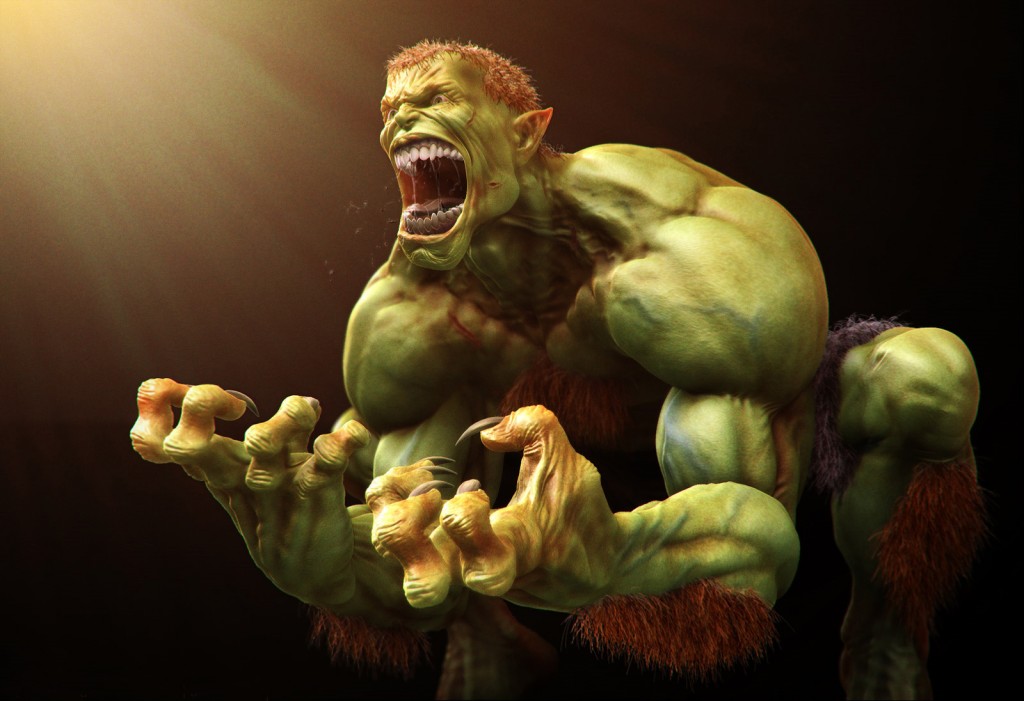Anyone Can Draw a Monster
Ask any kindergartner to draw you a monster and she will waste no time in creating a ferocious beast. It will match exactly the monster it was designed to match.
Ask her, on the other hand, to draw a horse, and the results will differ. While she will likely waste no time and there is a good chance it will have the appropriate number of legs, tail and head, the horse won’t exactly look like the horse it is emulating.
What is the difference? The main difference is rules. The first task had no rules. The monster didn’t have a likeness with which to pattern. If it was green and skinny then it didn’t matter.
The horse, however, has many characteristics that instantly let us know that it is a horse. You can’t make a horse purple or have 5 legs and convince anyone that it is an accurately drawn horse.
So to is it with modeling in 3D. While creating a fantastical world for a video game has many challenges, creativity isn’t necessarily limited. If you can’t make the town as big as you originally wanted, you just shrink it. No thought needs to be given to the real world structural stability of the bridges and no check needs to be made in the AASHTO specifications to ensure that the road has the proper vertical profile.
The challenge of project visualization is creating a virtual world that needs to (mostly, at least) meet real-world standards. Real people won’t be walking and driving in this world but it needs to be created as if they would be.
There is a certain level of expertise that needs to exist as part of any project visualization team or else the client will experience frustration as part of the process.
Modeling in 3D is one skill and engineering is another skill but the intersection between the two (ala Civil FX) is the challenge we are taking on.
This awesome image was created by Andre Holzmeister (Not just anyone can make something look this great)


